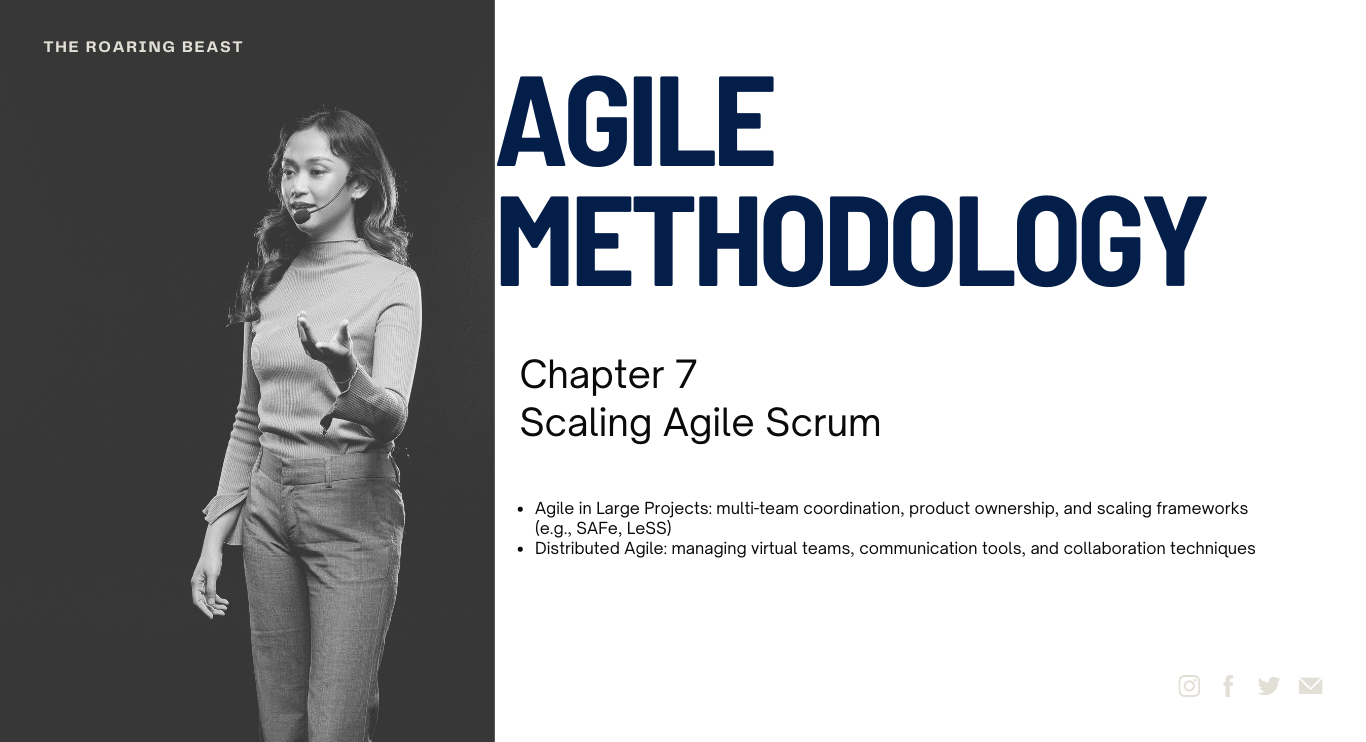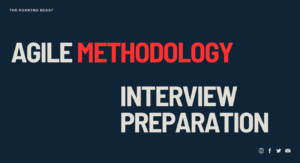Agile principles and practices can be applied to large projects and organizations by addressing challenges such as multi-team coordination, product ownership, and scaling frameworks. Here’s an overview of how Agile can be implemented in such scenarios:
- Multi-Team Coordination:
- In large projects, multiple Agile teams may need to work together to deliver a complex product or system.
- Coordination among teams is crucial to ensure alignment, minimize dependencies, and maximize overall productivity.
- Some techniques for multi-team coordination include:
- Regular cross-team meetings: Teams can have regular meetings to share progress, discuss dependencies, and align their work.
- Scrum of Scrums: Representatives from each team participate in a Scrum of Scrums meeting to synchronize activities, address inter-team issues, and identify cross-team dependencies.
- Agile Program Management: Dedicated program managers or Agile coaches can facilitate coordination, remove impediments, and support the teams in achieving project goals.
- Product Ownership:
- In large projects, product ownership may involve multiple stakeholders, each representing different user groups or product components.
- Collaboration and communication among stakeholders are essential for effective product ownership.
- Techniques for managing product ownership in large projects include:
- Product Owner teams: Multiple Product Owners can work together, each responsible for a specific area or component of the product. They collaborate to define and prioritize the product backlog.
- Product Owner alignment sessions: Regular sessions can be conducted to ensure consistent product vision, backlog prioritization, and decision-making across different Product Owners.
- Stakeholder engagement: Actively involving stakeholders from various teams and departments in the product development process helps ensure their needs are considered.
- Scaling Frameworks:
- Scaling frameworks provide structures and guidelines for implementing Agile practices across multiple teams in large projects or organizations.
- Some popular scaling frameworks include Scaled Agile Framework (SAFe) and Large-Scale Scrum (LeSS).
- SAFe focuses on aligning multiple Agile teams to a common vision and prioritizing work through hierarchical levels of planning and coordination.
- LeSS promotes simplicity and adaptability, emphasizing a single product backlog and cross-functional feature teams.
- Scaling frameworks provide practices, roles, and ceremonies tailored for larger contexts, addressing the challenges of coordination, collaboration, and integration among multiple teams.
Implementing Agile in large projects requires adapting Agile principles and practices to accommodate the scale and complexity of the endeavor. Effective multi-team coordination, strong product ownership, and the use of scaling frameworks can help ensure that Agile values are upheld and teams work together efficiently to deliver value to stakeholders. It’s important to consider the specific needs and context of the project or organization when determining the most appropriate approach for scaling Agile practices.

